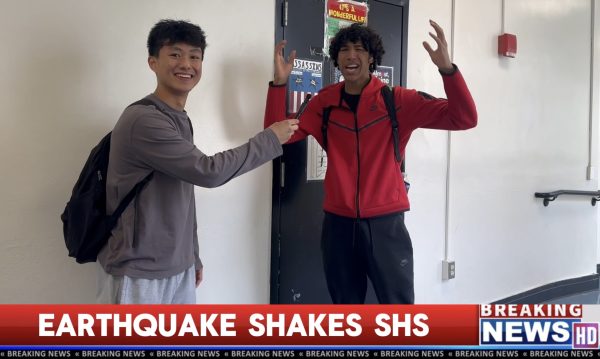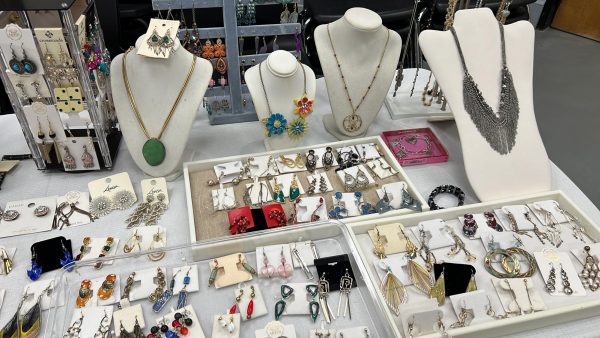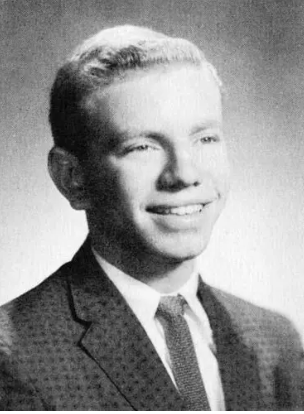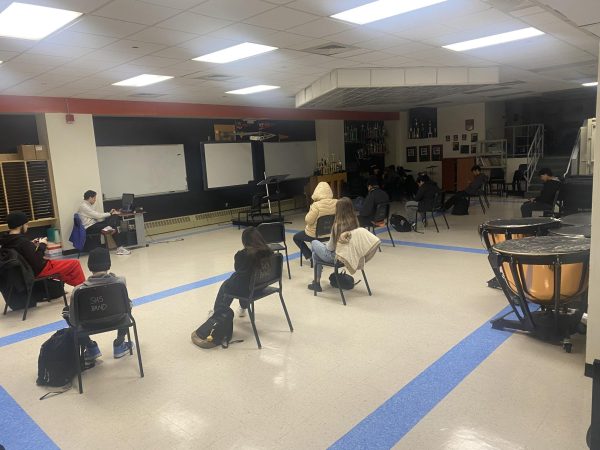Cancer Research Experiment to be Tested on the International Space Station
February 2, 2020
An experiment proposal developed by seniors at Stamford High School, Rithin Armstrong and Lizet Garcia, was selected for testing on the International Space Station in this year’s Student Spaceflight Experiments Program Mission 14 to the ISS.
“We are so honored to be selected to participate in this once-in-a-lifetime learning experience,” said Sue Dougherty, Teacher at SHS and community program director for this years mission. “Thanks to generous grants from the NASA Connecticut Space Station Grant Consortium, People’s United Bank, The Fairfield County Community Foundation, the Stamford Rotary Club, EverSource Power, Subaru of America, and CASIS, SHS could make this life-changing program possible for today’s students on their way to becoming tomorrow’s innovators.”
Students have to design an experiment and the winner of this competition gets to have their experiment launched into space. Armstrong and Garcia are now providing NASA Toxicology, SSEP and NanoRacks scientists with flight safety documentation and continuing ground truth experimentation with help from Dr. Jay Fleischman, an ophthalmologist and retinal surgeon in Stamford. Their launch will take place in June of 2020.
“We are grateful for this once in a lifetime opportunity to represent Stamford High on the National stage,” said Armstrong and Garcia in a statement. “We are especially thankful to Ms. Dougherty and to all the other teachers that helped guide us in our journey. We look forward to continuing working with NASA and hope to deliver meaningful results with our experiment.”
This is very exciting news; however, this is not the first time Stamford High has had success in this competition. In 2018, a team of students from SHS had their experiment launched to the ISS as part of Mission 12. Their experiment analyzed the effect of microgravity on the ability of Galloflavin, a lactate dehydrogenase inhibitor, to impair aerobic glycolysis and as a result inhibit the growth of cancer cells. All of the students in this competition worked extremely hard even around their classwork and were honored by NASA and NCESSE for their efforts.













